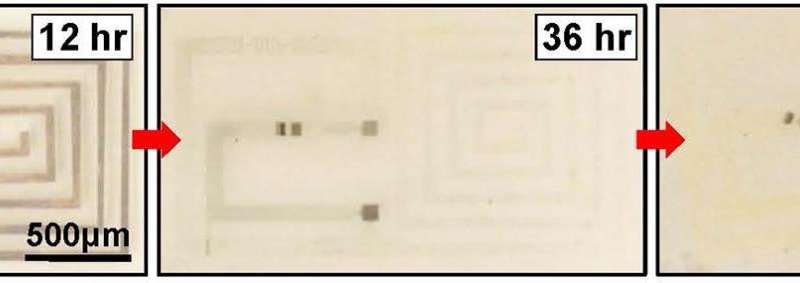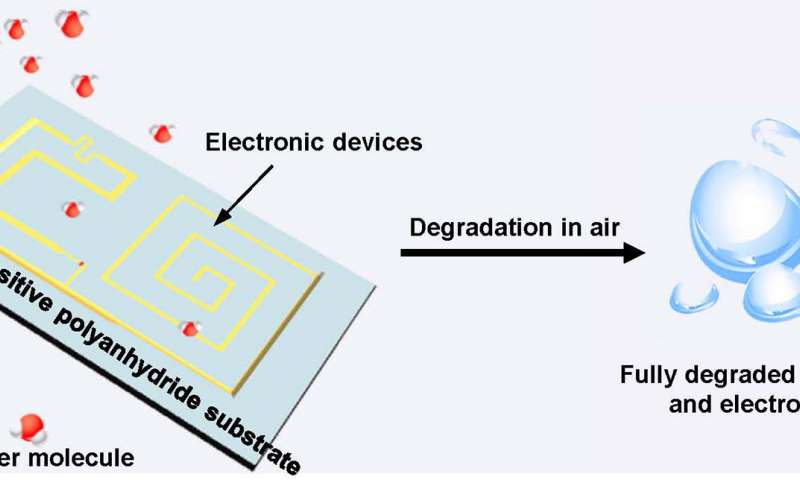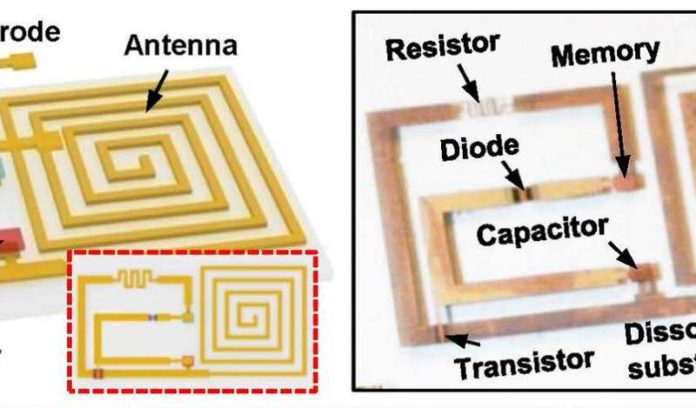Most of the electronic devices do not work properly in humid conditions. As a result, most electronics fail to oxidation. Thus, scientists found a better way on this. They have developed electronic devices from materials that degrade much faster than normal under humid conditions.
Scientists from U.S in collaboration with China have cultivated transient electronic devices that can degrade and disappear themselves on demand. They just make use of moisture in the air.

The devices merely rely on the process called Hydrolysis. Thus, they work due to the activation of corrosive acids in the materials used.
Scientists have previously demonstrated such kind of transient electronic devices, but they only work in aqueous solutions and degrade by water molecules.
In this demonstration, scientists used a material that degrades in the humid environment called the polymer polyanhydride. They then applied thin film coatings by integrating polymer with electronics. Applying films enabled researchers to operate normally until the humidity is applied.

To make concept applicable, scientists used several types of devices such as resistors, capacitors, transistors and even Optoelectronics and diodes.
Scientists believe that such devices would be useful in security applications. They might also be used to reduce the number of electronic components that pollute the environment and in medical implants and other types of sensors as well.
